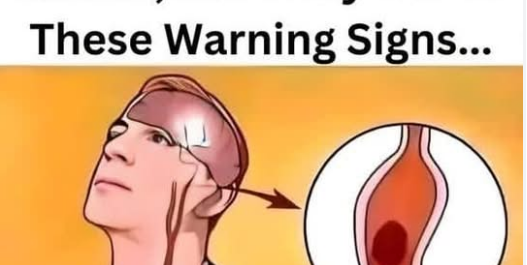A stroke can strike at any moment, leaving a trail of devastation in its wake. However, the body often sends out warning signals in the weeks and months leading up to a stroke. Being aware of these signs can mean the difference between life and death.
One of the most common warning signs of a stroke is numbness or weakness in the arms, legs, or face. This can manifest as a sudden tingling sensation or a feeling of heaviness in the affected limbs. Confusion and difficulty walking are also common symptoms that can indicate an impending stroke.
In some cases, a person may experience a transient ischemic attack (TIA), also known as a mini-stroke. This is a temporary blockage of the blood flow to the brain, and it can be a warning sign that a full-blown stroke may occur within the next three months.
The key to surviving a stroke is to act quickly when symptoms arise. Every minute counts, and prompt medical attention can make all the difference in preventing long-term damage.
In addition to being aware of the warning signs, there are steps you can take to prepare for a potential stroke. Knowing your risk factors, such as high blood pressure or a family history of stroke, can help you take preventative measures. Finding the closest stroke center to your location and having a list of medications ready for healthcare providers can also save valuable time in the event of a stroke.
By being aware of the warning signs and taking proactive steps, you can reduce your risk of stroke and ensure that you receive the medical attention you need in the event of an emergency. Remember, every second counts when it comes to stroke, so don’t hesitate to seek help if you or someone you know is experiencing symptoms.


